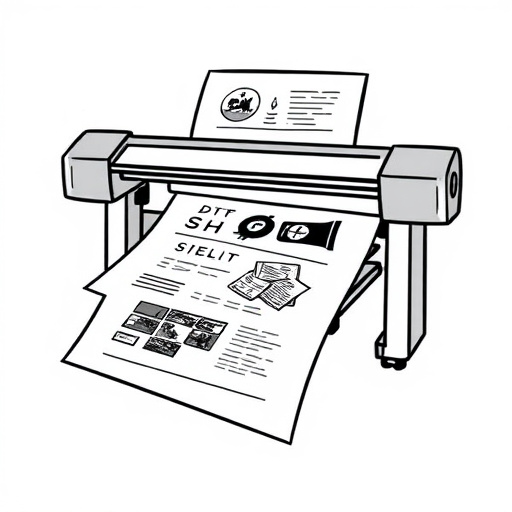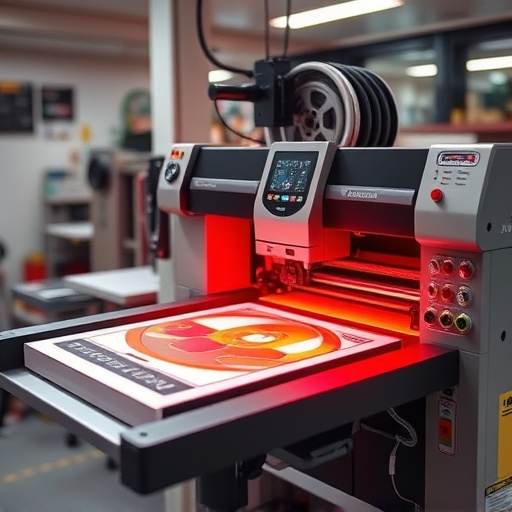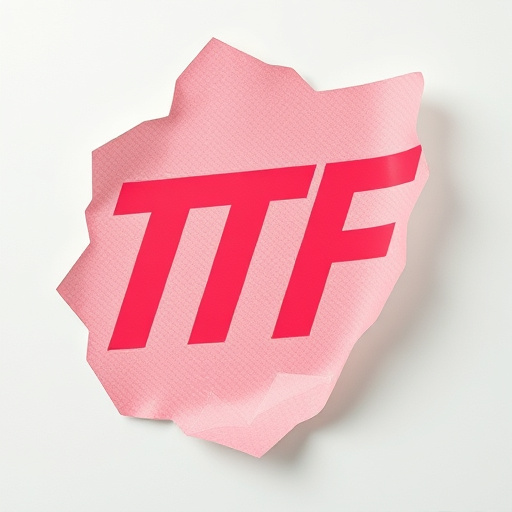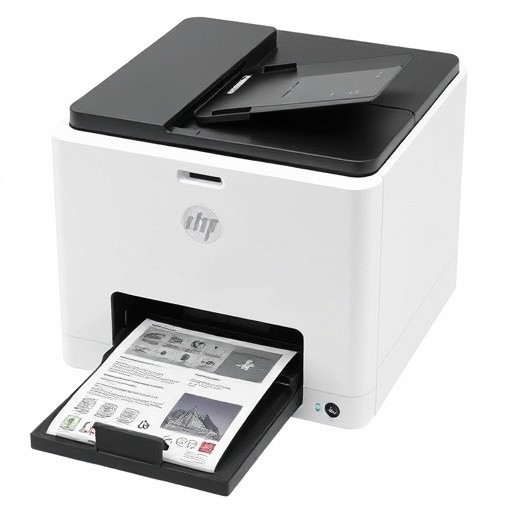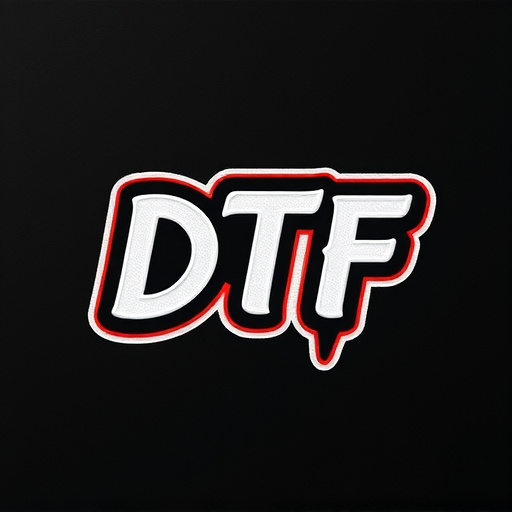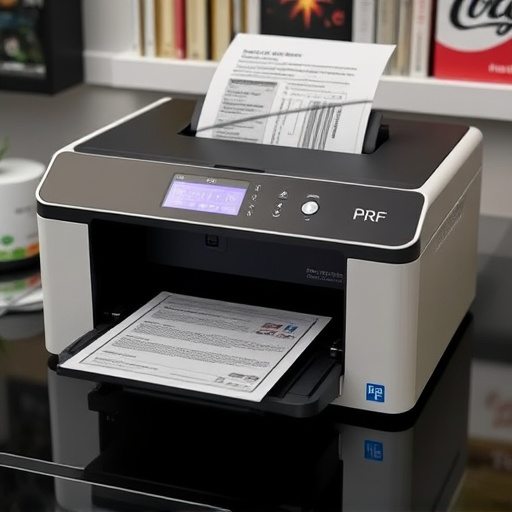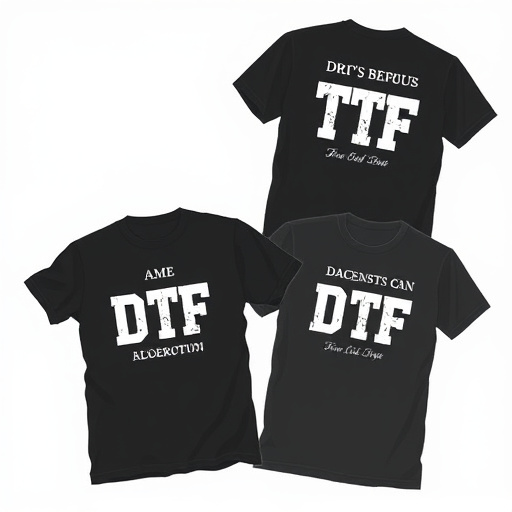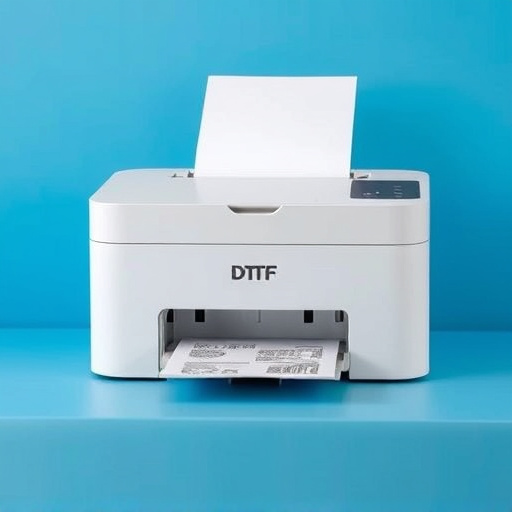Aspiring print professionals should understand Direct-to-Fabric (DTF) transfers using specialized heat transfer paper for precise fabric decoration. Industry experts recommend ordering transfers based on fabric type and design complexity, investing in high-quality tools, maintaining a clean workspace, and keeping designs simple to enhance efficiency, accuracy, and print quality. Avoiding rushing the process and proper preparation, including cleaning film and garments, are crucial to prevent transfer issues for bulk orders or personalizing hoodies, with meticulousness and managing expectations key for successful Order DTF Transfers.
“Unleash the power of efficient Order DTF Transfers with our comprehensive guide. Designed for both novices and seasoned professionals, this article delves into the fundamentals of DTF Transfers, offering valuable insights from industry experts. Learn how to streamline your process, navigate common pitfalls, and optimize speed without compromising quality. Whether you’re new to DTF Transfers or seeking to enhance your techniques, these tips will revolutionize your approach.”
- Understanding DTF Transfers: Essential Basics for Beginners
- Tips from Experts: Streamlining Your Fast DTF Transfer Process
- Common Pitfalls & How to Avoid Them in DTF Transfers
Understanding DTF Transfers: Essential Basics for Beginners
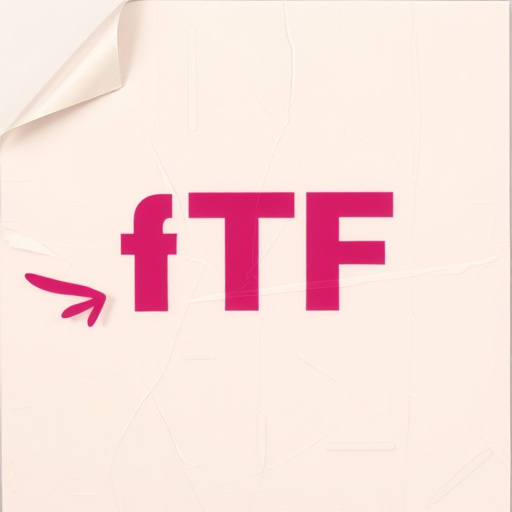
Understanding DTF (Direct-to-Fabric) Transfers is a fundamental step for beginners looking to master the art of printing designs onto garments and fabrics. DTF heat transfer paper, also known as custom sheets for heat pressing designs, offers an efficient way to achieve professional results. This technique involves transferring ink directly from a design on the paper to the fabric using heat and pressure. Professionals in the industry often recommend starting with high-quality dtf printer equipment and ensuring proper calibration for precise printing.
For beginners, it’s crucial to learn about the different types of DTF papers suitable for various fabrics, as this knowledge allows for better order management when catering to diverse client needs. By grasping these basics, you’ll be well-prepared to explore advanced techniques, ensuring smooth and successful DTF transfers every time.
Tips from Experts: Streamlining Your Fast DTF Transfer Process

Experts in the industry share their insights on streamlining fast DTF (Direct to Fabric) transfer processes for optimal results. One crucial tip is to order DTF transfers strategically, considering factors like fabric type and design complexity. By selecting the right materials and planning ahead, you can significantly enhance efficiency and reduce potential issues during the heat press process.
Another recommended practice is to invest in high-quality tools and equipment. Using top-notch DTF transfers and heat presses ensures precise applications, minimizing waste and maximizing the longevity of your custom custom t shirts or other fabric items. These professionals also emphasize the importance of maintaining a clean and organized workspace, as it directly impacts the accuracy and speed of your transfer jobs.
Common Pitfalls & How to Avoid Them in DTF Transfers

When it comes to DTF transfers, especially for bulk DTF shirt production or creating direct to film personalized hoodies, many professionals fall into common pitfalls that can disrupt their workflow and affect quality. One major mistake is rushing the process, which often leads to inaccurate alignments and poor print outcomes. It’s crucial to take your time, double-check each step, and use high-quality materials to ensure precision.
Another pitfall is neglecting proper preparation of the film and garments. Dirty or greasy surfaces can hinder adhesion, resulting in transfers that peel or lift. Always clean and prep both the film and the garment according to manufacturer guidelines. Furthermore, overestimating your design complexity can lead to disappointment. Simple, well-designed prints tend to yield better results with DTF transfers, especially when dealing with large orders.
When it comes to mastering fast DTF transfers, understanding the process and leveraging expert tips can significantly enhance your results. By avoiding common pitfalls, you’ll ensure smooth, efficient order DTF transfers every time. Remember, with the right knowledge and strategies in place, achieving top-quality outcomes is well within reach.




